|
Simulated Altitude Training is a hot topic in the hiking world right now. Becoming more and more available for the everyday consumer, it is marketed as the next big thing in fitness. And while it has claimed benefits of everything from preventing altitude sickness to improving muscle power, the evidence available is often conflicting. Some people love it. Some people hate it. And today I am going to break down the FACTS on what altitude training can do for you. What is Altitude Training?Through the years there has been a huge amount of research has gone into the effects, benefits and dangers of altitude on the human body. Since the 1800s alpinists and mountaineers have known that spending time at altitude will help their bodies adapt to cope with the demands of their mountaintop adventures. And for decades, athletes have lived and trained at altitude as a way to improve their performance at sea level. These days, there are types different 'altitude environments' someone might train in: Terrestrial Altitude This is natural altitude. Here an athlete or trekker will go up to altitude for a period of time to stimulate a number of adaptations in the body. This is done through either living, sleeping and training at altitude (known as the 'live high, train high method) or living at altitude and returning to sea level to train (known as the live high, train low method) While this is known as an effective way to decrease the chance of altitude sickness and increase many types of endurance performance; the logistics and practicality of athletes and mountaineers leaving their homes, families and jobs and spending weeks at altitude made this approach quite unpractical for many people. Because of this 'simulated altitude' was developed... Hypobaric Simulated Altitude This type of altitude chamber tries to directly simulate high altitude conditions. A vacuum pump is used to evacuate air out of an airtight chamber at a constant rate. This causes the air pressure to drop and simulates the effects of terrestrial altitude. These chambers are not commonly available and are mainly used for pilot training, in laboratories or for elite athletes Normobaric Simulated Altitude This is what most commercially available altitude training involves. Commonly used through the use of 'altitude chambers', tents or masks, this 'simulates' altitude in quite a different to the two methods above and it is going to be the main subject of this article. How altitude chambers workThe concept behind commercial altitude training is simple:
When you are altitude, the percentage of oxygen in the air will actually stay the same. What will change is the barometric pressure will decrease as you ascend. This causes the oxygen particles in the air to disperse further apart, which makes it harder to get oxygen with each breath. And while the benefits of training at terrestrial altitude are well known, it is a mistake to think that a simulated altitude environment under normobaric conditions will show the same results. For this reason I am going to break down the commonly made claims and look at the available research: Altitude SicknessOne of the biggest (and most controversial) claims about simulated altitude training is its ability to prevent altitude sickness. Ascent to altitudes above 2500m frequently causes altitude sickness, which severity can range from headaches, nausea and dizziness (Acute Mountain Sickness) to potentially lethal conditions of high altitude pulmonary edema (HAPE) or high altitude cerebral edema (HACE). The single most effective strategy at preventing altitude sickness in 'pre-acclimatising' at altitude. Mountaineers will spend weeks at moderate altitudes before attempting to summit. And everyday trekkers have a much greater chance of success with itineraries which allow for 'acclimatisation days' as opposed to rapid ascents. However due to time and financial limitations, this is often impractical. So it is theorised that by spending time in a simulated altitude environment (either training in a chamber or sleeping in a tent) can 'pre-acclimatise' the body before you go. There is a lot of research on this subject - and some of it can be very confusing. However to break it down, there are a few points which are very important to know:
Summary: there is no evidence that that commercially available altitude chambers or tents are an effective means of preventing altitude sickness at high altitude. Endurance PerformanceSimulated altitude training is generally regarded as an efficient way to improve endurance performance at sea level. It is known to:
However there is much debate on HOW these improvements actually happen. While many people claim that this is through an increase in the oxygen carrying components in the blood (red blood cells, haemoglobin) there are numerous conflicting studies on this. And a definitive answer is yet to be found. The main draw backs of this type of training is recovery time. Many endurance athletes report a reduced ability to recover between sessions or disturbed sleep. If you are using simulated altitude for endurance performance, this should be closely monitored. *If sleeping in an altitude tent, there is quite a large time commitment to get any significant results. The recommended stimulus is a minimum of 250 hours to improve oxygen carrying capacity in the blood. Studies ranging from 100-200 hours showed no improvements. Summary: Altitude training is an effective way to increase endurance performance at sea level. However recovery and sleep quality should be monitored closely. Weight LossIt is commonly claimed that training in a simulated altitude environment can help with weight loss. This is thought to happen for two reasons: An increase in energy expenditure: training in a simulated altitude environment increases your energy expenditure. That means for every exercise you do, you will burn more calories in an altitude environment then you would doing the equivalent at sea level. An increase in leptin levels: leptin is a naturally occurring hunger hormone in your body. When it is released it signals to your brain that you are full and tells you not to eat any more. Training at simulated altitude has been shown to increase your fasting leptin levels. This will naturally decreases the amount of energy you consume and thus aids weight loss. While these benefits effect just about everyone, altitude training for weight loss is particularly promising for obese and older populations. As these groups of people quite often struggle to engage in higher intensity exercises, training in an altitude environment can allow them to maintain safe intensities but increase their overall energy expenditure. Summary: Altitude Training can be an effective method of training for weight loss, through an increased energy expenditure and reduced energy intake. Muscle PowerIt is often claimed that altitude training can help improve muscle power. It has been seen that while at altitude, highly explosive power activities are aided due to the decrease in barometric pressure. This was most famously seen during the long standing men's long jump record at the 1968 Mexico Olympics which stood for 23 years before being broken. Training under these conditions can be beneficial to improve velocity and technical skills in power- related sports. However, considering there is no change in air pressure in the commercially available altitude chambers, this cannot be assumed to cross over. While there seems to be no detriments to training for power in a simulated altitude environment, there are no particular benefits either. Summary: Simulated altitude training shows no particular benefits for training for power over training at sea level. Muscle Strength and HypertrophyAltitude training is commonly claimed to be beneficial for muscle strength and hypertrophy (muscle growth). The basis for these claims are from an increased metabolite accumulation at altitude (which is a factor in hypertrophy). While some studies have shown that an altitude environment can be a stimulus for muscle strength and recovery, looking at the research as a whole there are no consistent differences when compared with those observed at sea level. *Opinion: Many of the studies which showed an improvement used altitude as the sole progression to stimulate strength or hypertrophy. My opinion is that while altitude can be used as a stimulus for these things, it is a lot more effective (and cheaper) using proven training variables such as load, volume and time under tension. Summary: There are no consistent differences to strength and hypertrophy development with training in a simulated altitude environment compared with sea level. Altitude training for trekkersWhile there is no direct evidence to support altitude training for 'pre-acclimatisation' there is no denying that altitude training can have some benefits for trekkers. Improved endurance performance is always going to be beneficial and there is a reasonable amount of anecdotal evidence of altitude training helping trekkers feel more comfortable at moderate altitudes (i.e. the first couple of days of your trek). However when it comes to trek preparation, altitude training should be used as the icing on the cake (and not the whole cake). In my opinion, before you consider altitude training, you should ensure you are covering the following bases in your trek preparation (in order of priority):
Simulated Altitude Training can be an effective way at improving endurance performance and aiding weight loss. However there is no clear evidence to support its claims of preventing altitude sickness, improving strength, hypertrophy or power. It can be beneficial for trekkers, but should be used as a part of a greater preparation program and not be relied upon solely.
|
AuthorRowan is a personal trainer who specialises in training for hiking, trekkers and mountaineers for their bucket list adventures. Archives
July 2024
Categories
All
|
AboutSummit Strength is a personal training for hiking service created specifically to help hikers have the best chance of a safe, enjoyable and successful adventure.
|
Company |
Services |
|
|
© COPYRIGHT 2018. ALL RIGHTS RESERVED.
|
Website Design by My Personal Trainer Website
|

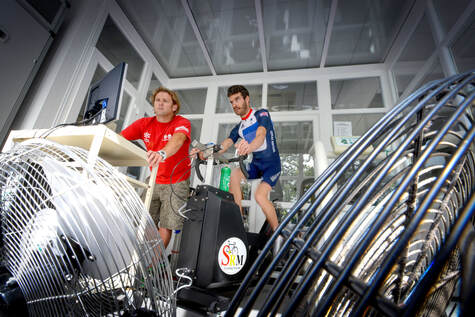
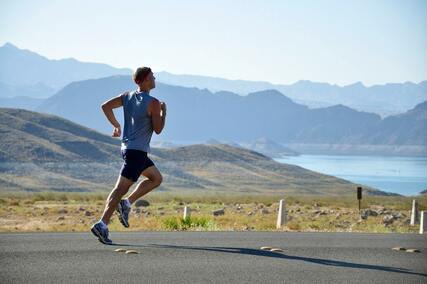
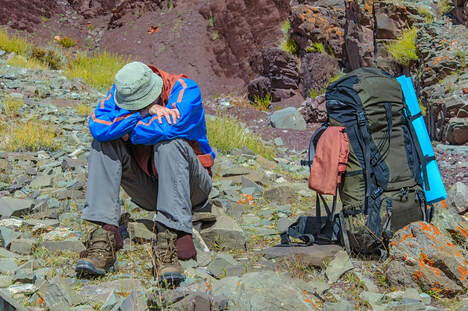
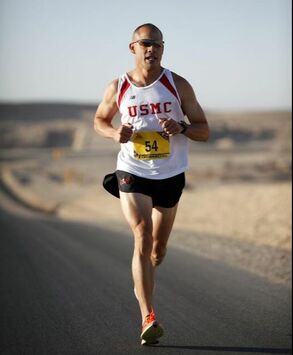


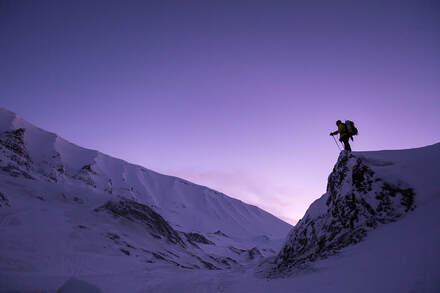
 RSS Feed
RSS Feed
